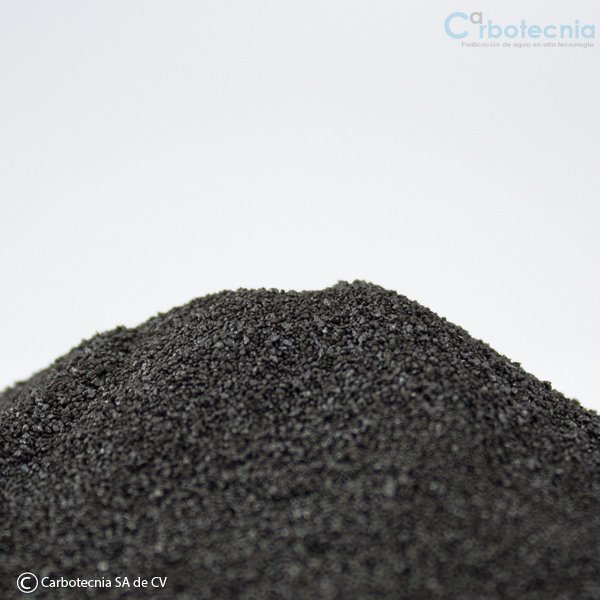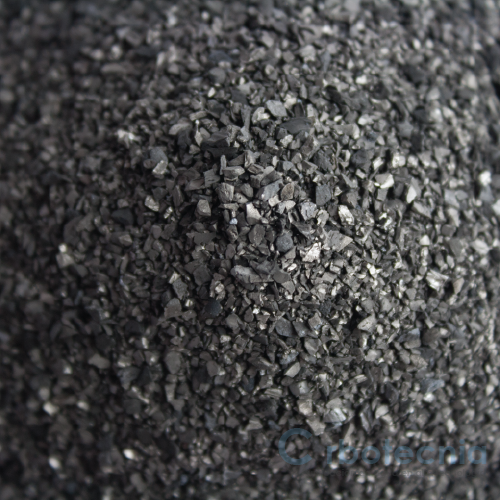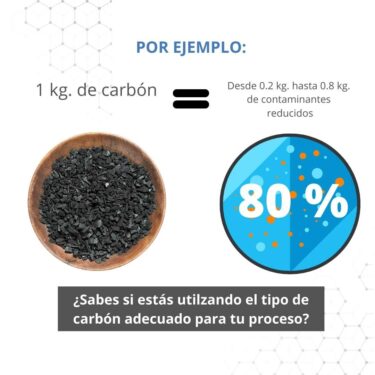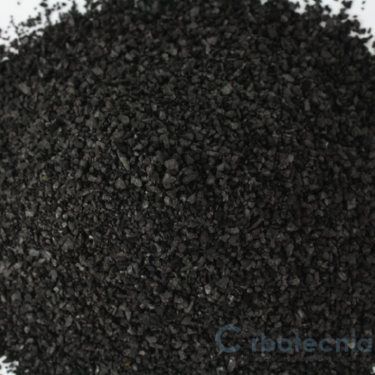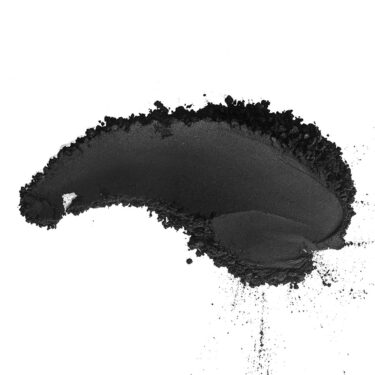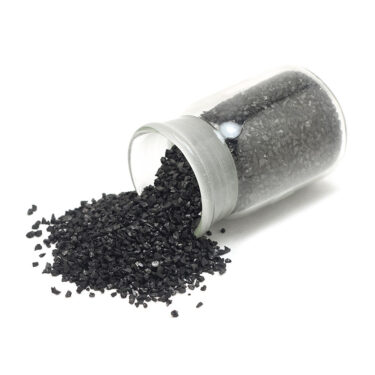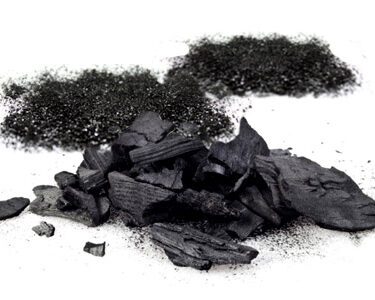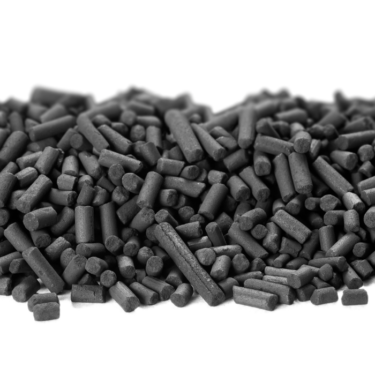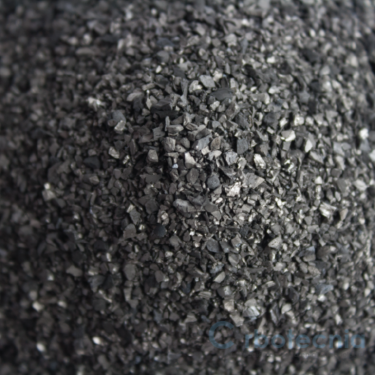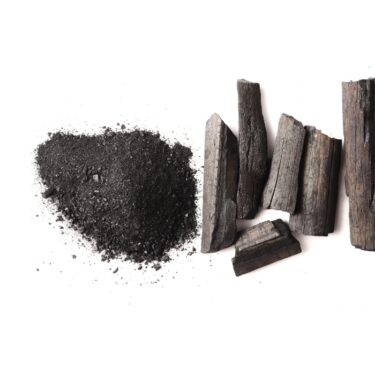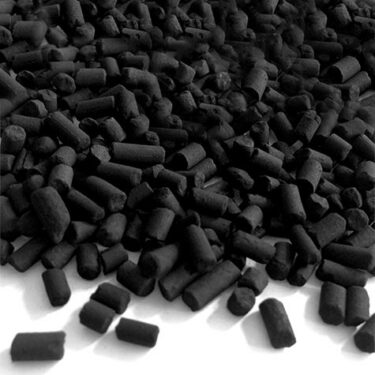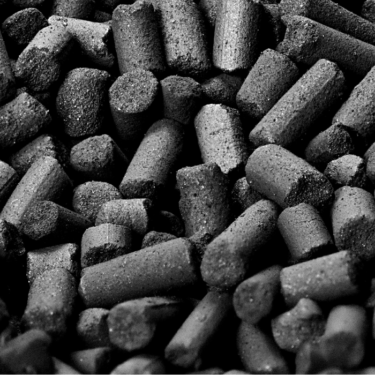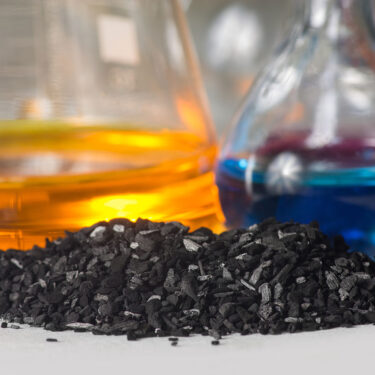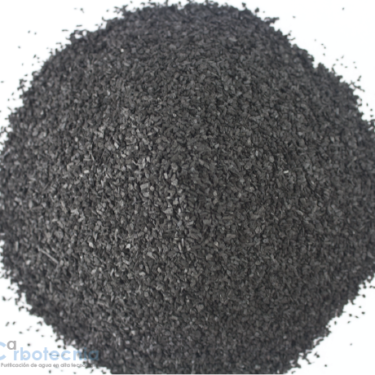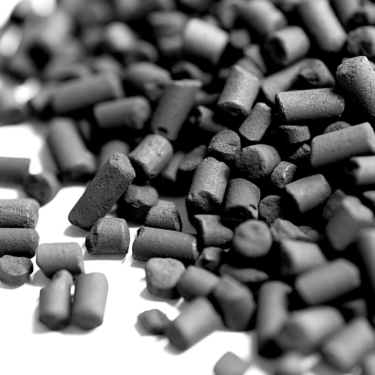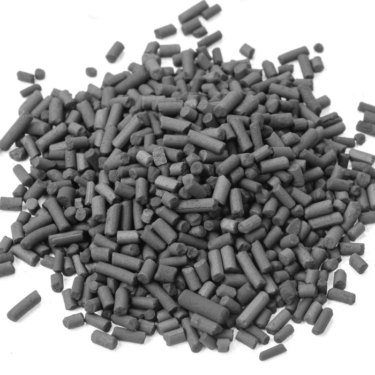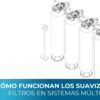Description
Coconut shell granular activated carbon for water purification
Coconut shell activated carbon is the most widely used in the world for water treatment and purification.
Activated carbon raw material: Coconut shell
Appearance: Black granules
Particle size range (mesh size): 8×30, 12×40, 20×50, 4×10
Presentation: 25 kg bags, 1 cubic foot ft3 bagsand 500 kg super bags.
pH in aqueous extract: 9 to 11
Certification: NSF ANSI 61
Coconut shell charcoal applications:
- Drinking water purification
- Declorination (elimination of chlorine).
- Elimination of odors and flavors.
- Organic Contaminant Retention
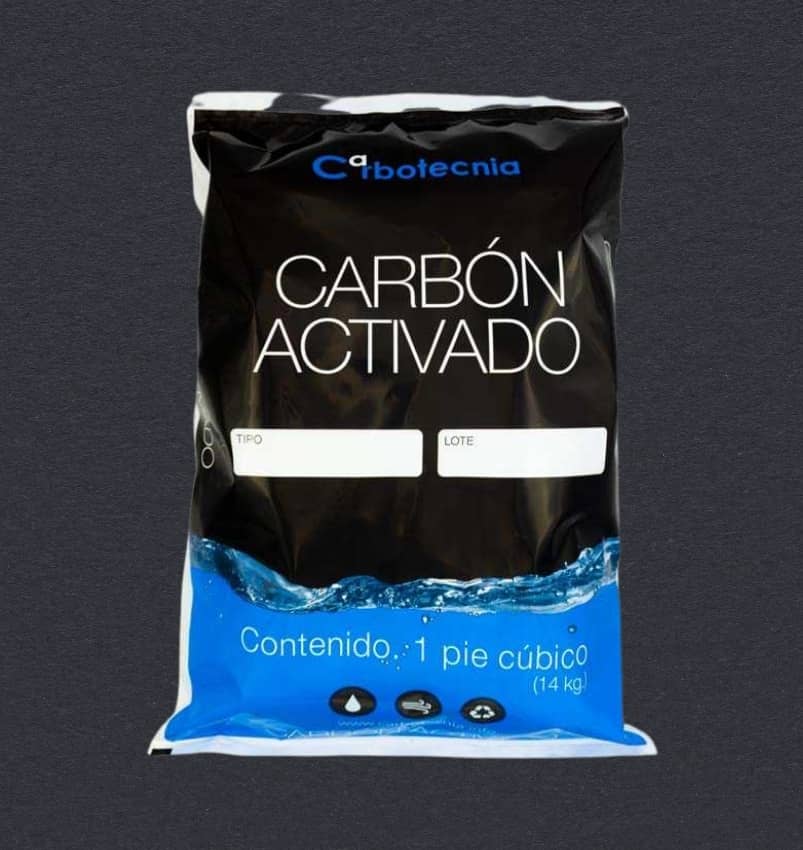
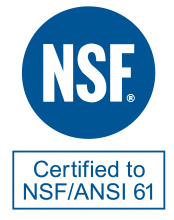
Micro 4 activated carbon for water purification.
MICRO 4 is produced with the basic properties for water purification applications at a very competitive price. It is manufactured from coconut shell and thermally activated in a reducing atmosphere, saturated with water vapor.
This gives this coal three fundamental qualities to be used for water purification:
Plant origin
Coconut shell is the raw material from which activated carbon is obtained, which, unlike mineral carbon, does not contain heavy metals or other contaminants.
Chemical-free activation
Coal activation is by means of heat without the need to apply chemical substances, so it does not contain residues of these elements.
Highly porous
Their pore size is ideal for the adsorption of low molecular weight organic contaminants, which are often the most harmful to human health.
Water purification with activated carbon
Micro 4 charcoal for water purification is an activated charcoal of vegetable origin, obtained from coconut shells. It has a high concentration of micropores, so it is capable of retaining small or low molecular weight particles, which are often the most harmful to the human body.
Another highlight of activated carbon for water purification is that it is resistant to abrasion as well as its hardness. These characteristics are suitable for the removal of residual chlorine from water without the material decomposing.
Elimination of residual chlorine with activated carbon.
In the water purification process it is common to apply chlorine as a disinfectant agent to eliminate microorganisms. However, in this process disinfection by-products can be formed that are a potential health hazard. Through its adsorption capacity, activated carbon helps to retain chlorine and chlorinated compounds generated by the reaction of chlorine with the organic matter present during the disinfection process.
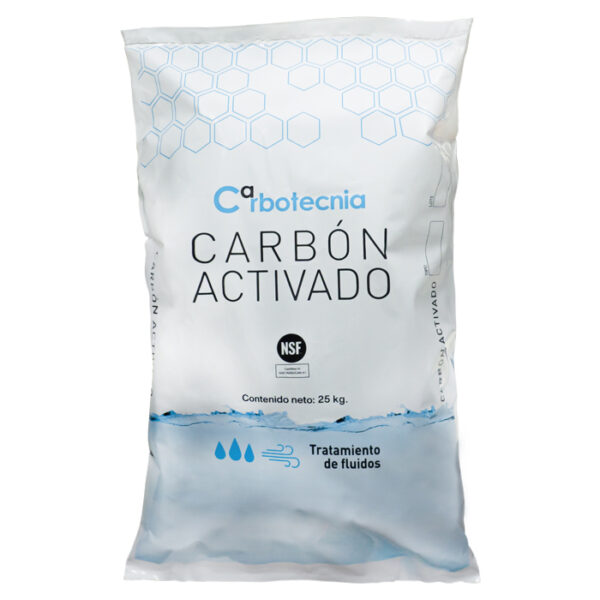
Water filtration with activated carbon?
The term “water filtration” in colloquial language is often used to describe the water purification process involving the use of activated carbon, but it is important to understand that the action performed by activated carbon does not meet the definition of water filtration in a mechanical sense. Mechanical filtration involves the physical removal of particles and sediment from water by passing through a physical barrier or filter media, such as a mesh filter, sand, or other granular media, which captures and retains particles based on particle size.
In contrast, activated carbon acts through a process known as adsorption, which is fundamentally different from mechanical filtration. Adsorption is a chemical and physical process by which atoms, ions or molecules of substances dissolved in water adhere to the surface of the adsorbent material, in this case activated carbon.
How does water purification with activated carbon work?
Water purification with activated carbon is a physical and chemical process that binds contaminants such as volatile organic compounds, chlorine, pesticides, herbicides and many other chemicals that may be present in the water, as well as unpleasant odors and tastes.
Adsorption occurs by means of bonds of a chemical-physical nature, strong enough to retain the adsorbed material, but not so intense as to constitute a permanent chemical bond that generates a new molecular structure. In this way, adsorption is a reversible process, allowing the activated carbon to be regenerated and reused.
More information on activated carbon:
Reactivation of Granular Activated Carbon (GAC)
Bacteriostatic activated carbon
What is the iodine number of activated carbon?

